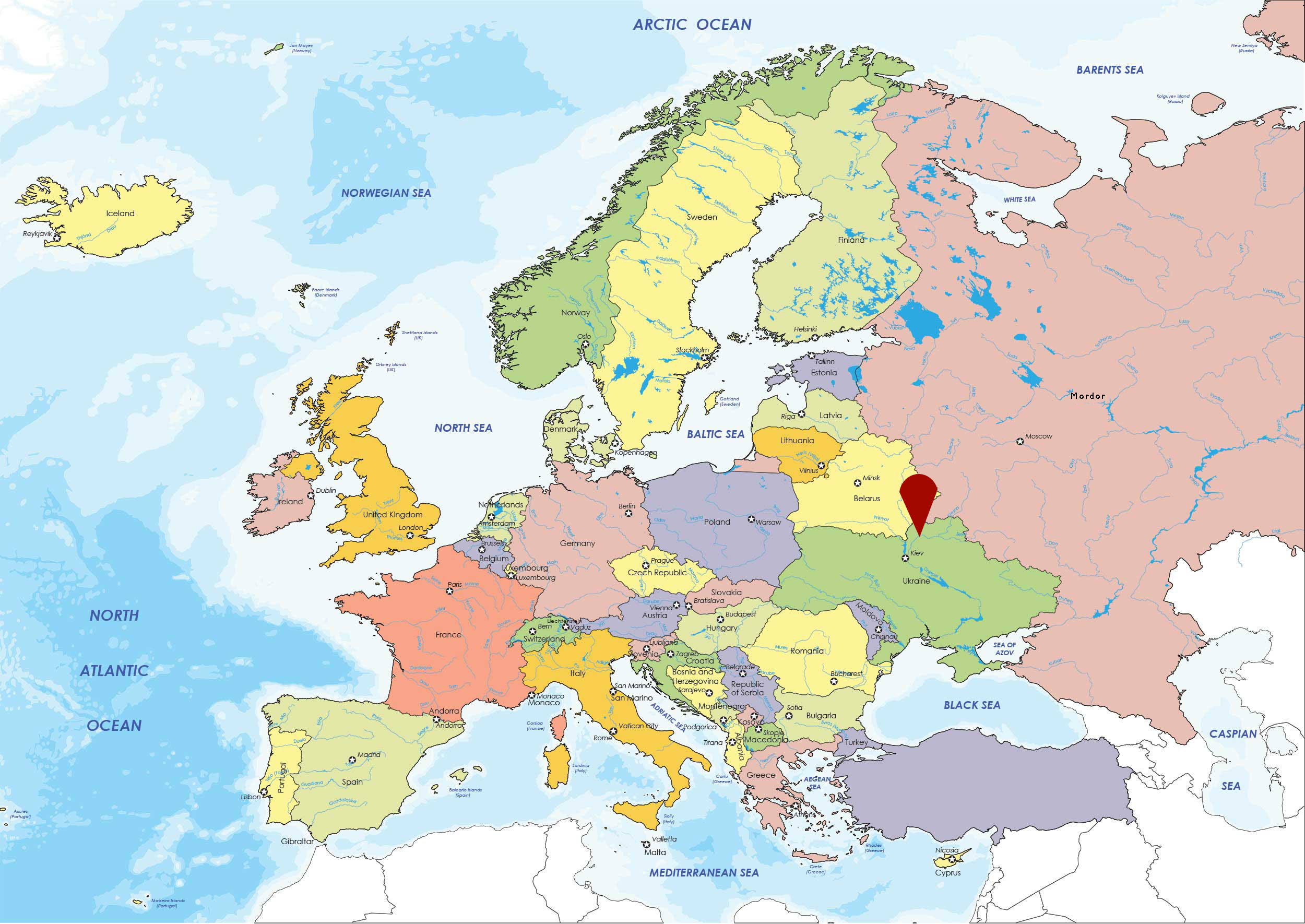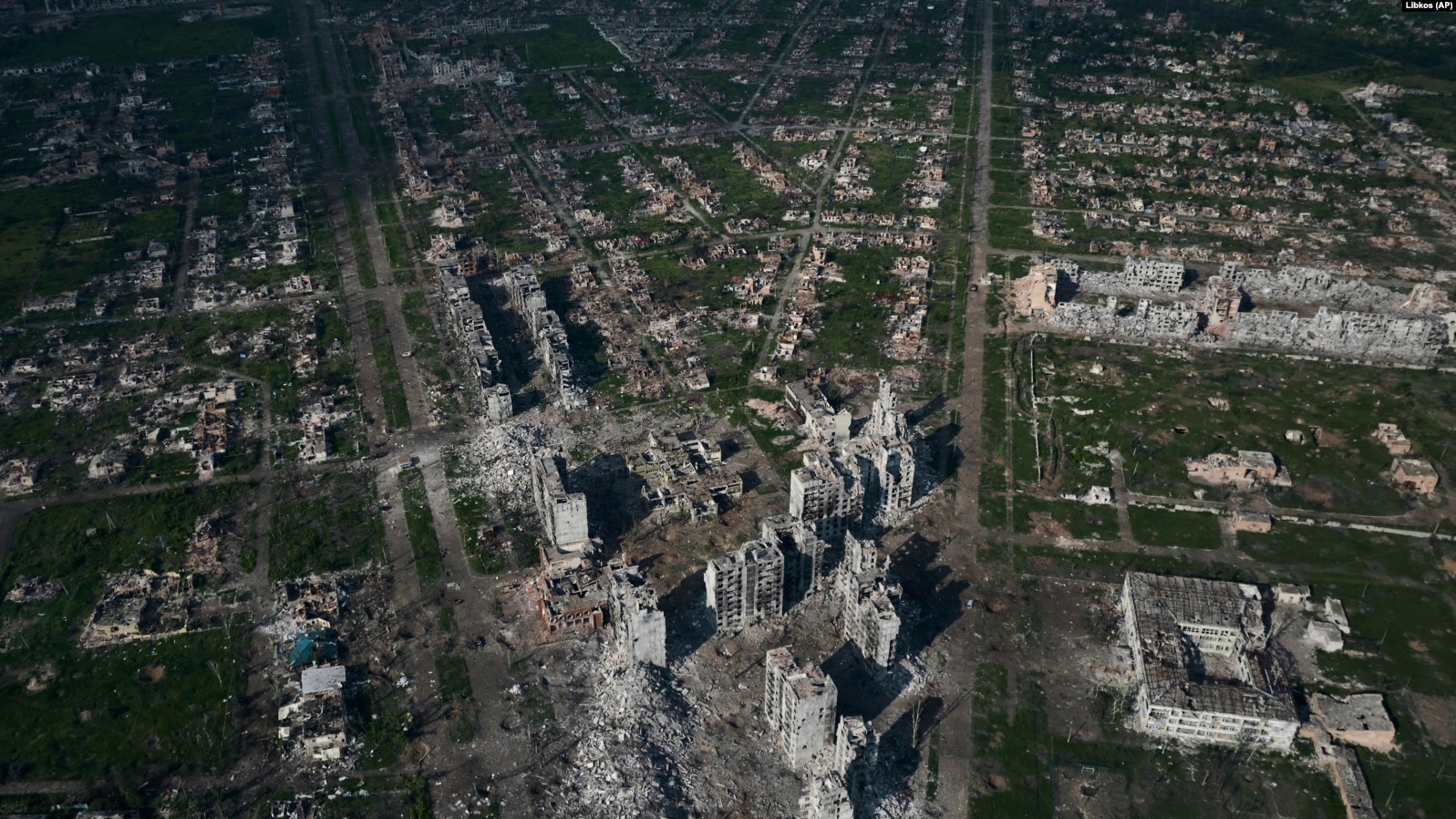Ice-breaker: Who am I and what do I feel? – Ukrainian perception of urban design and architecture
Philosophical reflections on urban design (glorification)
Urban design, for me, is a field where people combine various ingredients (architecture, sustainability, planning) to create the perfect fragrance – a city where residents can comfortably and safely develop, work, relax, and raise children. It’s hard to imagine a more multifaceted and all-encompassing profession than urban design, and we mustn’t forget the high and challenging goals we set for ourselves.
Paths already traveled and those yet to be walked (critical reflection)

Map of Europe and my city Chernihiv (2023)
As the title suggests, I was born and raised in Ukraine. From childhood, I learned to draw (which gave me skills but took away my desire) and think about architecture (my school had an architectural focus). I entered university dreaming of creating bold architectural forms, inspired by Zaha Hadid (who else?). However, that dream was quickly shattered by a Soviet-era educational program, an overwhelming number of courses (12–14 each semester), and professors who didn’t understand my “ambitions”. The projects we worked on were very typical (residential building, as station, school) and were never contextually grounded. The goal was to train us to design these building types with good planning and functional connectivity. I wanted more, so I often went against the grain, sticking to functional plans but going all out on the exterior design.
After graduating, I created a student survey project to assess the professional qualities of our professors, hoping to change the rusty system.
In 2022, russia’s full-scale invasion of Ukraine began, drastically altering my life (in both directions). At first, as my boyfriend asked to add, I tactically survived in a besieged city. Later, I moved to Latvia, where I worked for two years as an Architect’s Assistant. This experience profoundly shifted my perspective on the importance of contextual design over the conceptual approach that had previously dominated my thinking, as well as the nature of the profession I had chosen (since I’ve slightly changed it, you can guess I wasn’t entirely satisfied).
Over the past two years, a powerful nationalist movement has emerged in Ukraine, driven by the realization of the consequences of enslavement under the russian empire and the soviet union. This has renewed interest in our language, culture, and civic involvement in solving the problems of Ukrainian cities. This realization extends not only to their challenges and values but also to the war-related destruction, and, in some cases, complete obliteration. This wave changed me and made me reflect on the positive contribution I could personally make to my Ukraine (the war has shown that there are no small donations or inputs). I saw this path not in architecture but in urban design, and that’s why I’m here.

Panel buildings in Ukraine (2022)
The war and the beginning of something new (hopes)
Although I understand that Ukraine is currently unsafe for building a future, it remains the place where I want to see myself, alongside the people I love and for whom I want to make it better through conscious urban revival (and not forgetting about own comfort either).

Bakhmut, Ukraine (2023)
Reference
Map of Europe (2024) Available at: https://mapofeurope.com/europe/ (Accessed: 2 November 2024).
(2022) ‘Sviatoshyn, Borshchahivka and Sovky park in Kyiv.’ [Instagram]. 26 October. Available at: https://www.instagram.com/p/CgHmsqCtmQF/ (Accessed: 2 November 2024).
Konstantin and Vladyslava. (2023) [@libkos]. 27 September. Available at: https://www.instagram.com/p/Cxs7Jf5okdd/?img_index=1 (Accessed: 16 October 2024).


